Using ammonia from whitefly
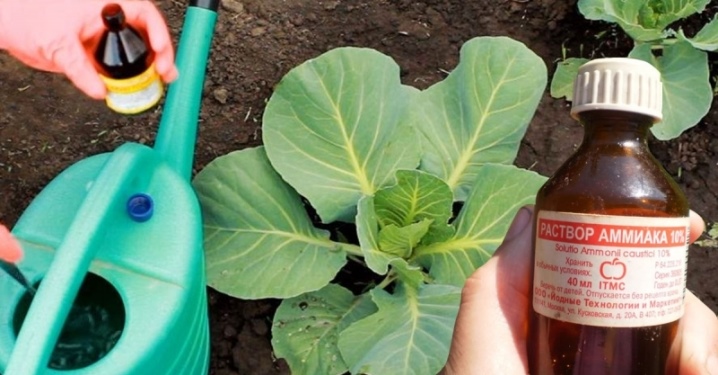
Warm weather, moderate rainfall contribute to the correct and active growth of all plants without exception. But along with the sun in the spring, all kinds of pests wake up, which are just waiting to feast on the planted plants.
One of these pests is the whitefly, the presence of which leads to unpleasant consequences. In this article, we will tell you how to deal with it with ammonia. This is one of the easiest and most affordable ways to get rid of an insect.
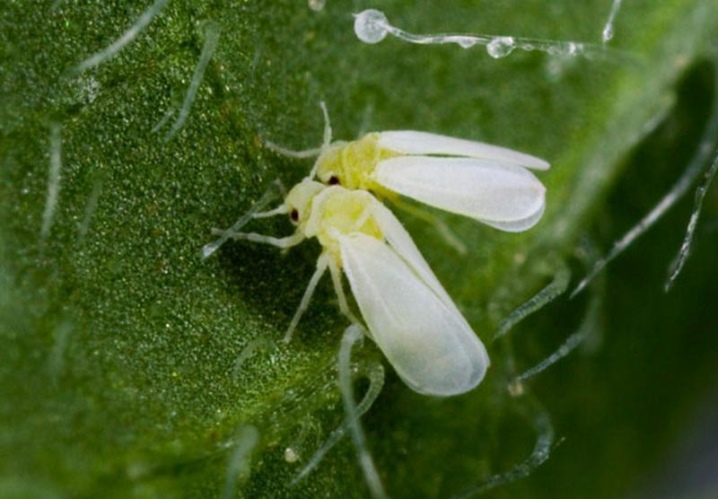
Benefit and harm
Whitefly is one of the most dangerous insect pests that can live on plants, both outdoors and in the greenhouse. But what can we say, this pest effortlessly enters houses and settles on the leaves of indoor plants. Let's figure out why he is so scary.
This insect lives on leaves and feeds on their sap. Its presence is evidenced by the appearance of black fat spots on the plant. Together with the juice, the whitefly also absorbs many useful substances that are contained in the plant. As a result, a black coating forms on the leaves, through which sunlight does not pass. The process of photosynthesis slows down, the plant withers, stops growing.
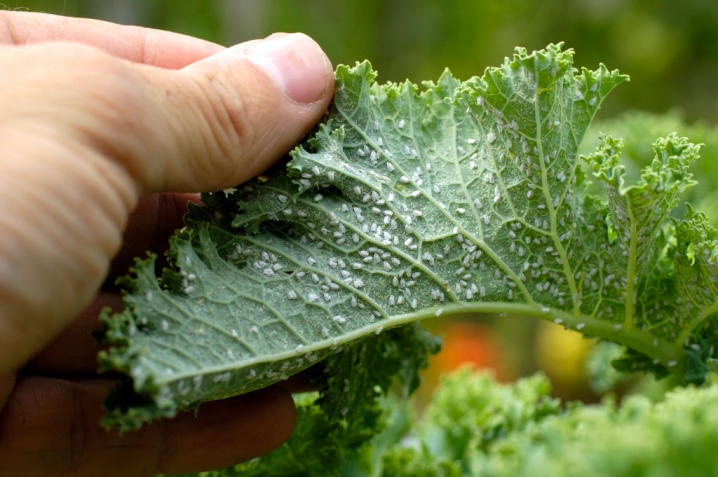
If nothing is done, after a while, adults will begin to lay offspring on the same leaves. The eggs will hatch into larvae, which are capable of killing the plant in a matter of days.
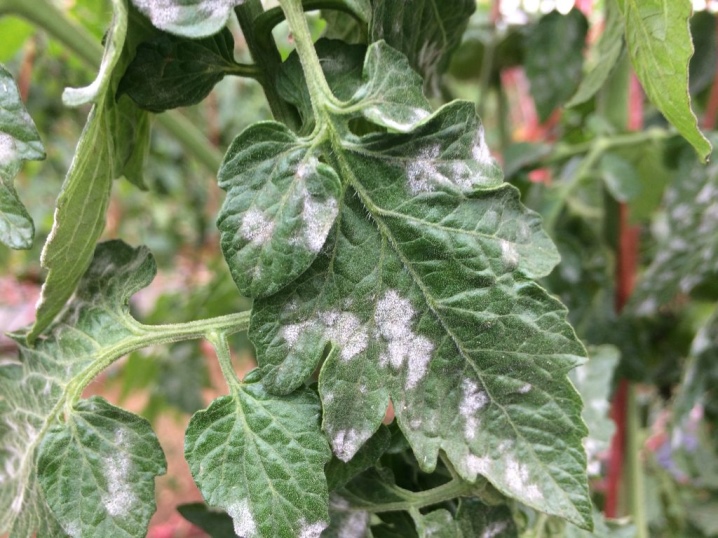
There are many different drugs available for whiteflies. But the most effective and harmless to human health is a folk remedy - ammonia, which helps to cope even with a large population of the pest.

The constituent substance of ammonia is ammonia, which belongs to chemical elements and is widely used in various fields, including in the process of making preparations for combating insect pests and plant diseases.
The advantage of ammonia over specially developed drugs:
- 100% efficiency;
- does not harm human health;
- can be used for both treatment and prevention;
- with the correct preparation of the spray solution, it does not pose a danger to plants.
It is also worth noting that ammonia can be bought at any pharmacy, it is in the public domain at a very affordable price.
In addition, if used correctly, one bottle can be enough for a whole season, since it is very economical in consumption.
Among the shortcomings, it should be noted only that exceeding the permissible amount of ammonia during the preparation of the solution can harm the plant. And probably the disadvantages include the inability to use it during the flowering period.
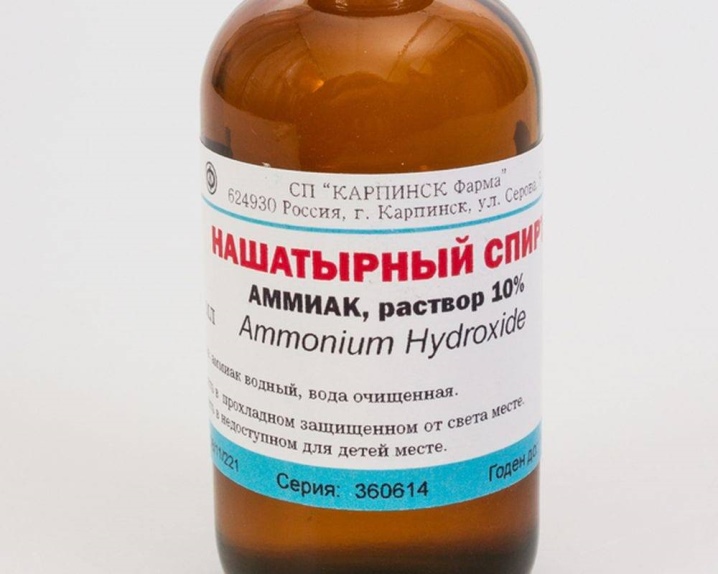
How to breed
It is strictly forbidden to use pure ammonia. You can't just take a jar and water the plants from it or wipe their leaves - you first need to dilute it. The substance in its pure form is very dangerous. Most likely, you simply harm the plant - the leaves will receive a severe burn, which will dry out and fall off. But the whitefly isn't going anywhere.
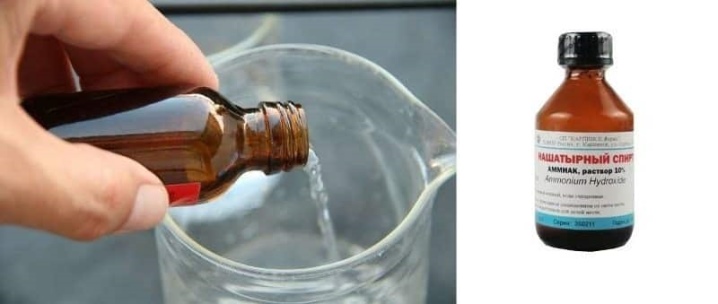
To prepare a solution for spraying plants, you will need:
- ammonia in the amount of 50 grams;
- water - 10 liters;
- liquid soap without fragrances (soap is needed so that the liquid with which you will process the plants is sticky - so the solution will stick to the leaves).
All of the listed components are mixed in the indicated proportions. In no case should you use more alcohol.
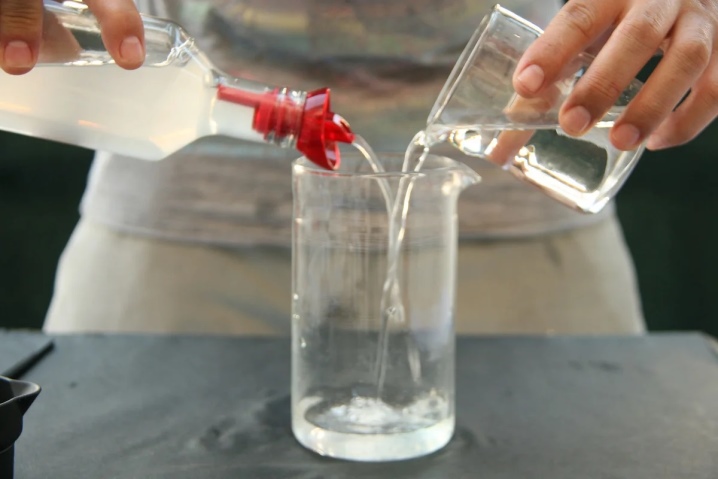
How to apply correctly
Whitefly damages many plants. Most often, its presence can be seen on tomatoes, cucumbers, cabbage, tomatoes and strawberries. The fight against the pest should begin as soon as you notice that the leaves on the plants have begun to change. Earlier, we have already found out that ammonia is one of the most effective remedies for fighting whitefly. The great advantage of a solution of ammonia is that it can be used both in the greenhouse and in the open air.
There are certain rules for using ammonia to get rid of whitefly:
- the solution must be prepared, be sure to adhere to the proportions so as not to harm the plant;
- do not use for watering, so that the root system does not suffer;
- with a solution of ammonia, you need to process the leaves no more than 2 times a week;
- during the growing season, active flowering, it is not recommended to treat plants with this solution;
- it is advisable to carry out treatment or preventive measures about 7 days before the plants begin to bloom.
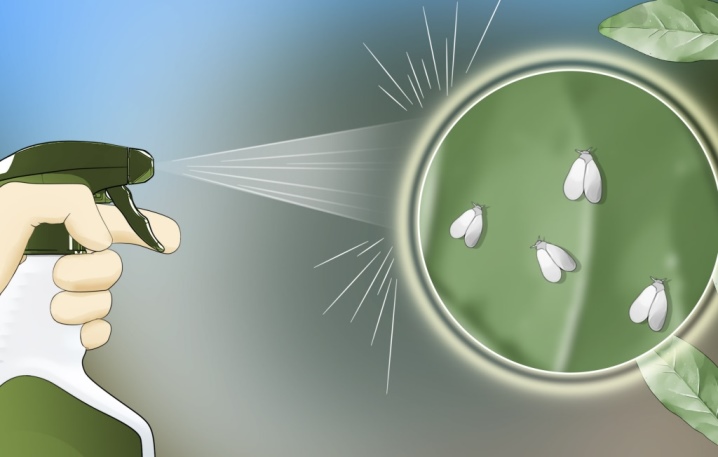
Experts say that ammonia should be used until the whitefly disappears completely.
Experienced farmers are also advised to look closely at tomato and berry bushes.
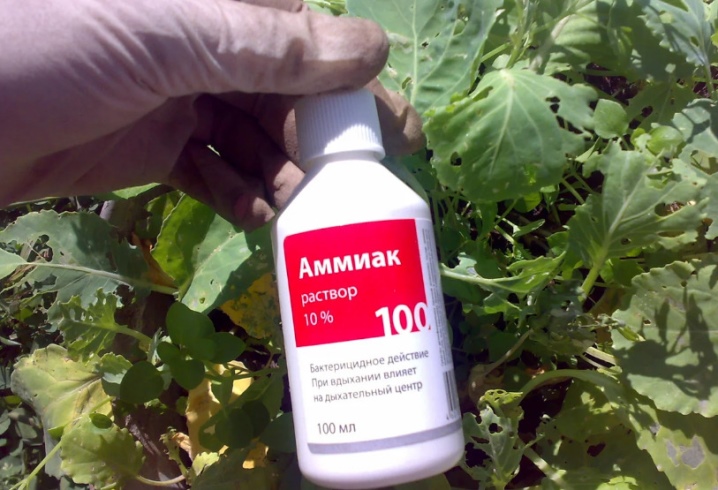
You will learn about other ways to get rid of plants from whitefly in the next video.













The comment was sent successfully.